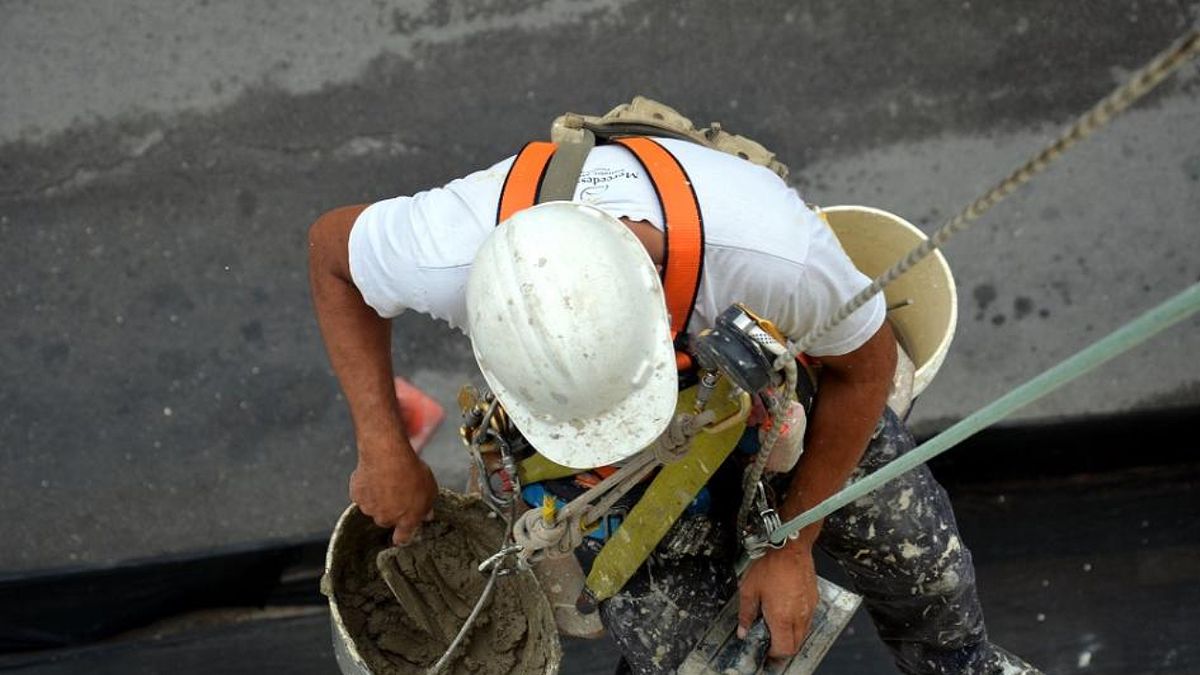The informality fell from 25% in the 2015-2019 period to the current level of 21.3%, according to data from employment and social security registration informed by the Ministry of Labor and Social Security (Mtss).
However, a study of Exante which used data from the Continuous Household Survey of the INE, warned that the trend has been growing in recent months and that sectors with high levels of informality persist, such as construction or the trade.
Specifically, the survey showed that workers who do not contribute to the social Security in construction they reach 45.6%, despite the decrease of 7.9% compared to the 2019 level. In turn, in commerce there was a reduction of 4%, despite which it remains at 26%. ,4%.
They are followed by primary activities, with 25.7% informality (down from 3.7%), the industry, with 23.3% (fall of 3.1%), the services, with 22.5% (4.5% reduction) and transport and comunication, with 10.2% (decrease of 4.4%).
However, when analyzing the data between 2019 and 2023, Exante warned “a growing trend in most sectors of activity”, most notable in primary activities, commerce and services.
Informalid.png
What is the level of informality in each department?
When analyzing by geographic area, the latest data from the INE (whose update is expected this Monday) show that Artigas is the department with the highest level of informality, with 55.8%, followed by Long Hill, with 47% and Tacuarembó, with 38.8%.
In the ranking of workers not registered with social security they appear further back Leap (36.5%), Rivera (34.1%), Thirty-three (33.1%), Soriano (31.5%), Rocha (30.1%), Lavalleja (27.6%), Black river (25.6%), Peach (24.6%), Florida (24.1%), cannelloni (23.1%) and Maldonado (22.1%).
Meanwhile, only four departments appear below the general average at the national level: Flowers (20.2%), Saint Joseph (20.1%), Cologne (18.8%) and Montevideo (14.1%).
Source: Ambito



